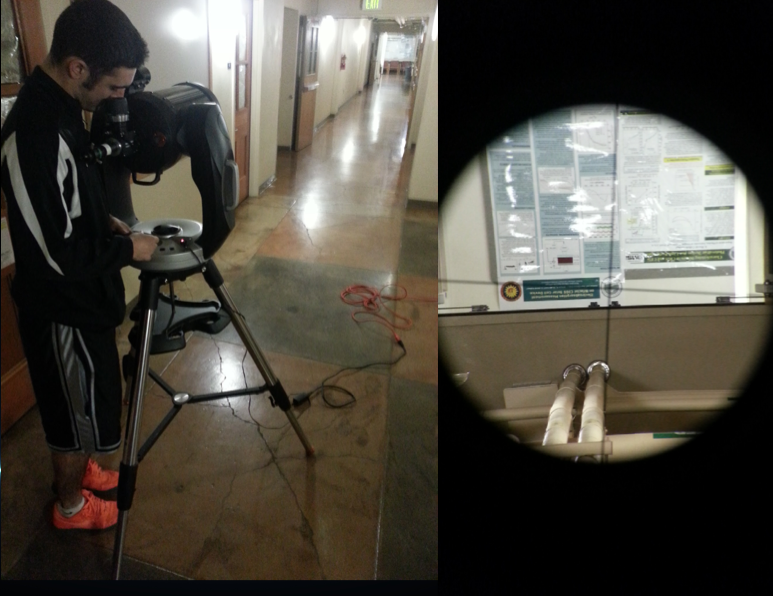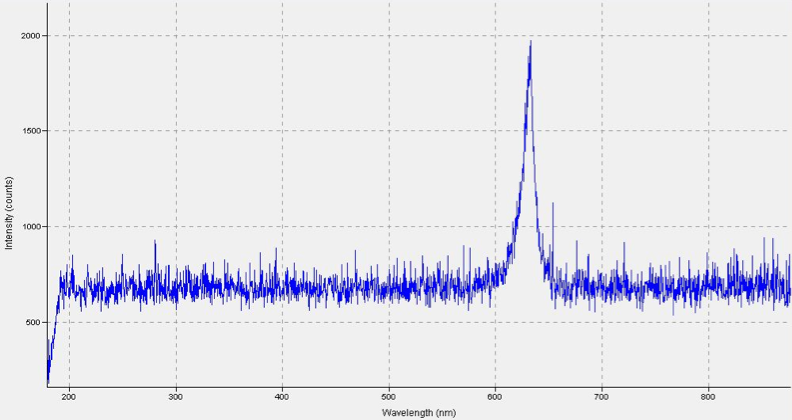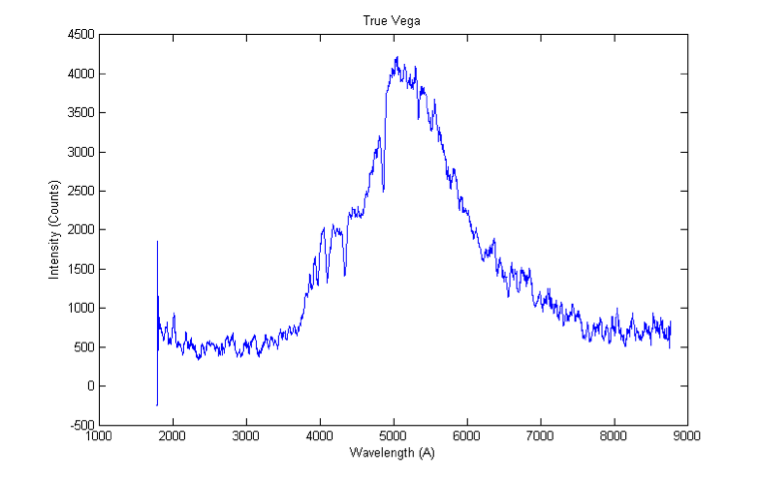Difference between revisions of "Astronomical Spectroscopy"
| Line 48: | Line 48: | ||
[https://docs.google.com/presentation/d/1IBA_8ghSto6H9ivADDnq0qd3YHWw_VMEhpLkqUiVbXs/edit#slide=id.p9 Fall2013] | [https://docs.google.com/presentation/d/1IBA_8ghSto6H9ivADDnq0qd3YHWw_VMEhpLkqUiVbXs/edit#slide=id.p9 Fall2013] | ||
| − | [ | + | [https//docs.google.com/presentation/d/1N1EG0J1AYbyJMr7mxVVqbPUZWQTekEKcCnZLlGymBAY/edit#slide=id.p Winter 2014] |
Revision as of 12:26, 21 March 2014
The overall goal of the Astronomical Spectroscopy Project is to be able to collect and reduce data gathered from astronomical objects. Before spectra can be collected, the system needs to be prepared. This preparation involves aligning the telescope-fiber system and calculating the efficiency of the ratio to determine that the project is feasible with the current setup.
The current setup for the project involves a Celestron CPC 800 GPS (XLT) telescope and a fiber-fed Ocean Optics USB2000+ spectrometer.
Efficiency of the more basic system is calculated using a lab table procedure. An efficiency of the entire telescope system can be used in comparison to create an efficiency ratio of the system.
All of the telescope alignment takes place at long distances greater than the focal distance of the telescope, like the Willamette Basement Hallways. Here, the finderscope is being aligned to the eyepiece.
The fiber alignment process, which involves aligning the fiber to the eyepiece, is the most difficult part of the preparation. This is done in large areas as well, including the Willamette Basement Hallways, but dark rooms like Willamette 100 have given the best results.
Data is collected during the alignment process to track the max number of counts read by the spectrometer.
The furthest progress that has been made on the project is successfully getting a spectra of Vega using the SpectraSuite software. However, the integration time used to get the spectra was 60 seconds with a scans to average of 10, and box car smoothing of 10.
During the winter term of 2014 the Astronomical Spectroscopy group, comprised of Gerald Buxton, William McNichols, and Justin Stockwell, made some good headway in determining how best to rebuild the fiber setup. To do so we focused on precisely determining the visual spot size of a calibrated beam coming out of the telescope. This was done through the use of a calibrated light source placed across the room and a beam profiler. Our results form this test are shown below.
The key measurement needed to determine the feasibility of our setup is the Effective Beam Diameter. This measurement measures the number of pixels above a Clip Level of 1%. This effectively means that 99% of the light is focused into a spot with a precise diameter of 656nm. Our fiber size is 600nm so we are able to capture almost the entire amount of light from a calibrated light source.
We also were able to effectively determine the focal distance of our telescope. This will allow us to build a new fiber adapter to place the fiber mount at the focal distance of the telescope. With this information we no longer need a focusing mirror, instead we can use the telescope itself to focus the light into our fiber/spectrometer setup
Next term we plan on using the information gleaned from the beam profiler to rebuild our fiber adapter setup. This should allow us to couple at least 80% of the incoming light into our fiber, which is far better than the 1.1% we were coupling during the Fall term. We need to machine a new adapter that directly attaches the flip mirror to the telescope, as well adapter that couples the fiber with the flip mirror at an approximate distance of 11.88cm from the back of the telescope. With these adapters built, we should be able to take advantage of the nicer weather and get some better spectra of some astronomical objects. Presentations:
[https//docs.google.com/presentation/d/1N1EG0J1AYbyJMr7mxVVqbPUZWQTekEKcCnZLlGymBAY/edit#slide=id.p Winter 2014]
Links:






